Introduction
Ever heard of amaranth? If not, you’re in for a treat. This ancient grain, once a staple in the diets of the Aztecs and Mayans, is making a big comeback in modern kitchens. Packed with nutrients, versatile in recipes, and boasting a fascinating history, amaranth is truly a marvel of the natural world. In this article, we’ll dive deep into what makes amaranth so special, how you can incorporate it into your diet, and why it deserves a spot in your pantry.
TABLE OF CONTENTS
What is Amaranth?
Amaranth isn’t just your run-of-the-mill grain. It’s technically a pseudocereal, meaning it’s used like a grain but doesn’t come from the same plant family as true cereals like wheat or rice. But don’t let that fool you—amaranth is every bit as nutritious, if not more so.
Name Meaning of Amaranth
The name “Amaranth” has both botanical and mythological significance. Here’s a breakdown of its meanings:
- Botanical Meaning: Amaranth is a genus of plants known for their vibrant, long-lasting flowers. The name comes from the Greek word “amarantos,” which means “unfading” or “unwithering.” This reflects the plant’s long-lasting and resilient nature.
- Mythological and Symbolic Meaning: In Greek mythology, amaranth was considered a symbol of immortality and eternal beauty. The “unfading” quality of the plant’s flowers led to its association with everlasting life.
Overall, the name Amaranth is often associated with concepts of immortality, resilience, and enduring beauty.
A Brief History
Amaranth has been cultivated for thousands of years. The Aztecs revered it, using it not only as a food source but also in their religious rituals. When the Spanish conquistadors arrived, they banned the cultivation of amaranth in an attempt to suppress indigenous cultures. Thankfully, amaranth survived and is now enjoying a renaissance as people rediscover its health benefits and culinary potential.
Nutritional Powerhouse
Why is amaranth considered a superfood? Here are some key nutritional highlights:
- High in protein: Amaranth contains about 13-14% protein, which is higher than most other grains.
- Rich in fiber: Great for digestive health and maintaining a healthy weight.
- Packed with vitamins and minerals: Including magnesium, iron, phosphorus, and potassium.
- Gluten-free: Perfect for those with celiac disease or gluten sensitivity.
Health Benefits of Amaranth
The health benefits of amaranth are impressive. Let’s break down why you should consider adding this ancient grain to your diet.
Supports Digestive Health
Thanks to its high fiber content, amaranth can help keep your digestive system running smoothly. Fiber is essential for preventing constipation and promoting regular bowel movements. Plus, it can help you feel fuller for longer, which is a bonus if you’re watching your weight.
Boosts Immune System
Amaranth is a good source of vitamins and minerals that are crucial for a strong immune system. For example, it’s rich in zinc, which plays a vital role in maintaining immune function. Additionally, the antioxidants found in amaranth can help protect your body from harmful free radicals.
Promotes Heart Health
The combination of fiber, antioxidants, and healthy fats in amaranth can contribute to better heart health. Fiber helps reduce cholesterol levels, while antioxidants prevent oxidative stress, which can lead to heart disease. Furthermore, the presence of magnesium aids in maintaining healthy blood pressure levels.
Supports Muscle Function
Protein is essential for muscle repair and growth, and amaranth is an excellent plant-based protein source. Whether you’re an athlete looking to build muscle or just trying to maintain muscle mass as you age, amaranth can be a valuable addition to your diet.
How to Incorporate Amaranth into Your Diet
Ready to give amaranth a try? Here are some delicious and easy ways to incorporate it into your meals.
Cooking Basics
Before diving into recipes, it’s important to know how to cook amaranth. Here’s a simple method:
- Rinse 1 cup of amaranth under cold water.
- Combine with 2.5 cups of water in a pot.
- Bring to a boil, then reduce heat and simmer for about 20 minutes, or until the water is absorbed.
- Fluff with a fork and it’s ready to use!
Breakfast Ideas
- Amaranth Porridge: Cook amaranth with milk (or a dairy-free alternative) and sweeten with honey or maple syrup. Add fruits, nuts, and a sprinkle of cinnamon for a hearty breakfast.
- Smoothie Booster: Add a spoonful of cooked amaranth to your morning smoothie for an extra protein boost.
Lunch and Dinner Recipes
- Amaranth Salad: Mix cooked amaranth with chopped veggies, feta cheese, and a light vinaigrette for a nutritious salad.
- Amaranth Pilaf: Use amaranth instead of rice in your favorite pilaf recipe. Add vegetables, herbs, and a bit of olive oil for a tasty side dish.
- Stuffed Peppers: Combine cooked amaranth with black beans, corn, and spices, then stuff into bell peppers and bake.
Baking with Amaranth
- Amaranth Flour: Use amaranth flour in your baking recipes. It’s great for gluten-free muffins, pancakes, and bread.
- Energy Bars: Combine amaranth flour with nuts, seeds, dried fruits, and a binder like honey or nut butter to make homemade energy bars.
How to Grow Amaranth
Interested in growing your own amaranth? It’s easier than you might think. With a few simple steps, you can cultivate this nutritious grain right in your backyard.
Choosing the Right Variety
There are many varieties of amaranth, but for growing purposes, you might want to consider either grain amaranth or vegetable amaranth. Grain amaranth is grown for its seeds, while vegetable amaranth is cultivated for its leaves, which are also highly nutritious.

Buy Amaranth Red Garnet Seeds
- Easy to grow.
- Heat tolerant.
- Drought resistant.
- Can grow to 10+ feet with the right soil and growing conditions.
Planting Amaranth
- Location: Choose a sunny spot in your garden. Amaranth thrives in warm temperatures and needs plenty of sunlight.
- Soil Preparation: Amaranth prefers well-drained soil. Work in some compost or organic matter to enrich the soil.
- Sowing Seeds: Directly sow the seeds into the garden after the last frost date. Plant them about 1/4 inch deep and 12 inches apart. If you’re starting them indoors, transplant them once they’re a few inches tall.
Caring for Your Amaranth Plants
- Watering: Keep the soil moist, especially during germination. Once established, amaranth is relatively drought-tolerant, but regular watering will ensure optimal growth.
- Weeding: Keep the area around your amaranth plants weed-free to reduce competition for nutrients and water.
- Fertilizing: While not always necessary, a balanced fertilizer can boost growth. Apply it sparingly to avoid over-fertilization.
Harvesting Amaranth
- Harvesting Leaves: If you’re growing vegetable amaranth, you can start harvesting the leaves when the plants are about 6-8 inches tall. Cut the leaves as needed, and they will continue to produce.
- Harvesting Seeds: Grain amaranth is ready to harvest when the flowers start to fade and the seeds are fully matured. Cut the seed heads and allow them to dry completely. Once dried, you can thresh the seeds by rubbing the heads between your hands or using a mesh screen.
FAQs about Amaranth
Is amaranth gluten-free?
Yes, amaranth is naturally gluten-free, making it a great option for those with celiac disease or gluten sensitivity.
Can you eat amaranth raw?
While you can sprout amaranth and eat the sprouts raw, the grains themselves should be cooked to improve digestibility and nutrient absorption.
How does amaranth taste?
Amaranth has a slightly nutty and earthy flavor. Its taste is mild enough to blend well with various dishes, from sweet to savory.
Where can I buy amaranth?
You can find amaranth in most health food stores, some larger grocery stores, and online. It’s often available in the grain section or the gluten-free aisle.
Can I use amaranth in soups?
Absolutely! Amaranth can be used to thicken soups and stews, adding both texture and nutritional value.
Conclusion
Amaranth is more than just an ancient grain making a modern comeback; it’s a nutritional powerhouse that offers numerous health benefits. Whether you’re looking to boost your protein intake, support your digestive health, or simply try something new, amaranth is a fantastic choice. With its versatility in cooking and baking, there are endless ways to incorporate this superfood into your diet. So why not give amaranth a try? Your body—and your taste buds—will thank you.
Meta Description
Discover the wonders of amaranth, an ancient grain with modern health benefits. Learn about its history, nutritional value, and how to incorporate it into your diet with delicious recipes and tips.

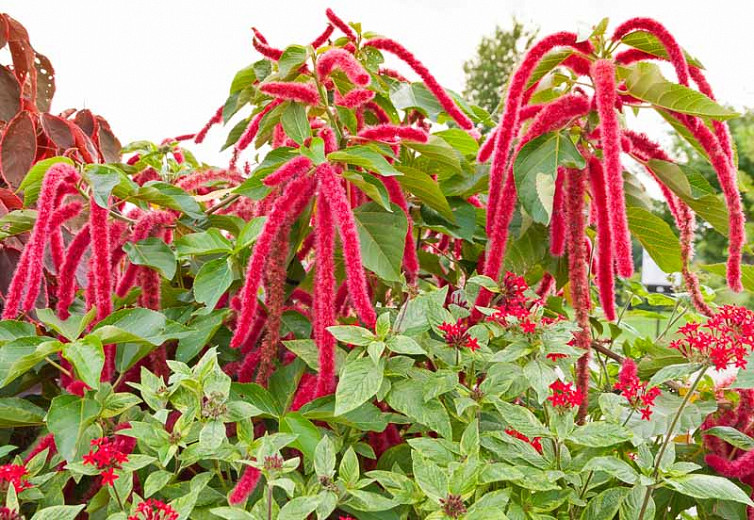


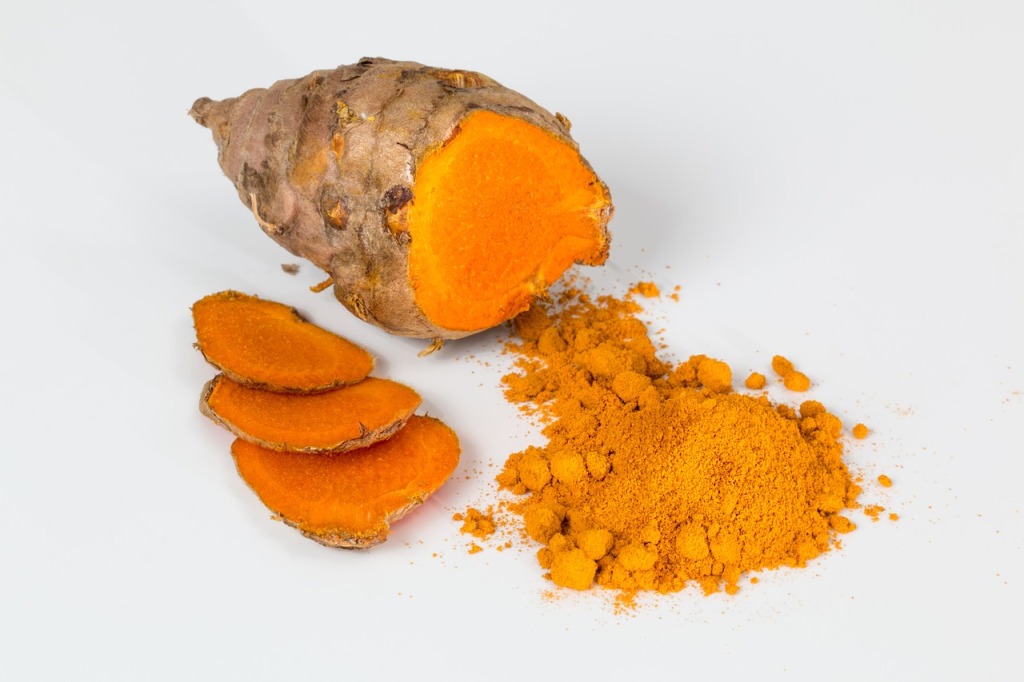

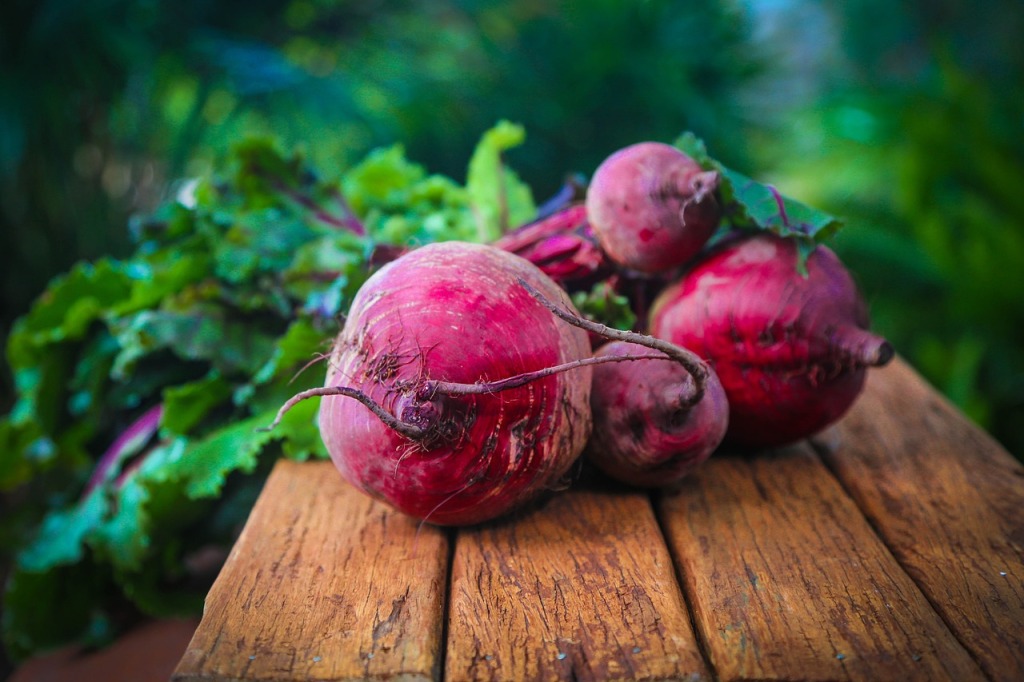

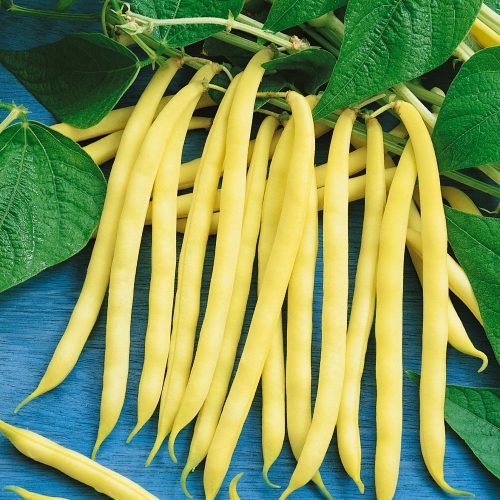
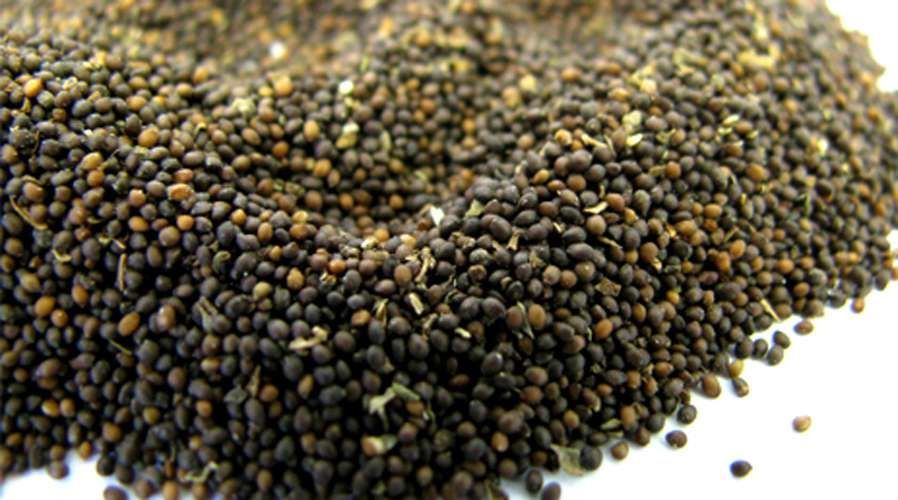
Leave a comment